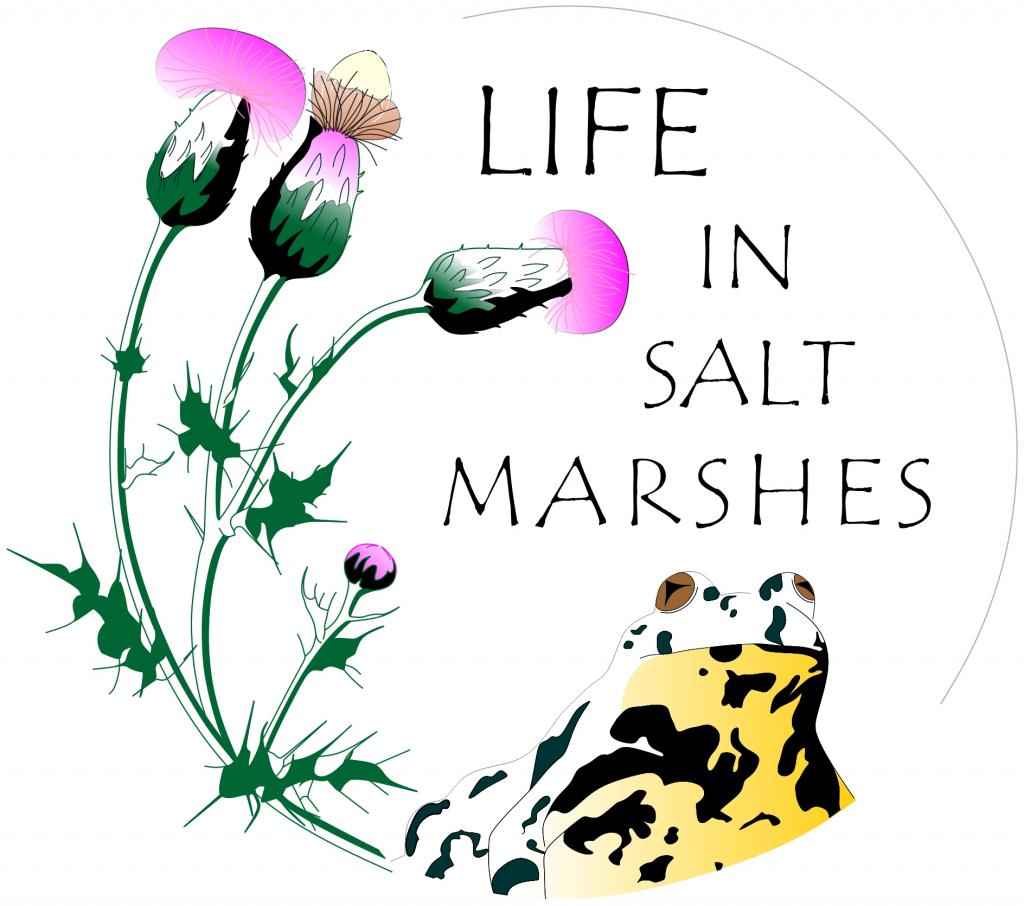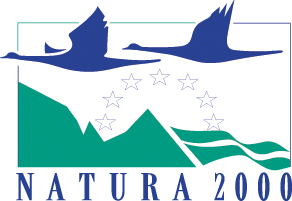LIFE in Salt Marshes
 Complex ecological restoration of degraded and disappearing salt marshes in Moravian Pannonia
Complex ecological restoration of degraded and disappearing salt marshes in Moravian PannoniaCílem projektu LIFE in Salt Marshes, s plným názvem Komplexní ekologická obnova degradovaných a zanikajících slanisek moravské Panonie, je zlepšení aktuálního stavu jihomoravské zemědělské krajiny, která trpí ztrátou biodiverzity, sníženou schopností retence vody a špatnou kvalitou vod (a posléze i půd) na mokřadních lokalitách zařazených do soustavy NATURA 2000.
Do projektu je zahrnuto 8 evropsky významných mokřadních lokalit o celkové rozloze 506 ha, na kterých se historicky vyskytovaly nebo vyskytují typické druhy slanisek. K obnově těchto lokalit budou využívány tradiční způsoby obhospodařování (pastva a seč), i experimentální metody, např. výsevy původních poloparazitických druhů rostlin za účelem potlačení růstu invazních druhů a výsevy regionálních směsí osiva pro obnovu původní mokřadní flóry. Na všech lokalitách budou podrobně sledovány charakteristiky vodního režimu a kvalita vody (obsah živin, pesticidů a jejich reziduí). Ke zmírnění dopadů odvodnění a znečištění vod budou na některých lokalitách instalována biotechnická opatření.
Projekt je založen na úzké spolupráci s dotčenými obcemi, Jihomoravským krajem, místními zemědělci a dobrovolníky. Výsledky a zkušenosti budou sdíleny na mezinárodní úrovni.
Další informace na stránkách projektu: https://life.envirop.cz/
---
The project addresses the problem of degradation, eutrophication, and loss of species- and habitat diversity of eight N2000 sites of meadow wetlands, with a steep population decline in subjects of protection and with a diminishing occurrence of the priority habitat inland salt meadows (ISM) with U2 status on CZ and EU level. By detailed pilot analysis and site-specific combination of traditional and innovative measures, we will restore at least 20 ha of the ISM within the 506 ha of restored wetlands. There will be at least 35 % increase in biodiversity, 15-30 % increase in populations of target species, 20 % increase in habitat heterogeneity, 70 % decrease in the overgrowth by the expansive species and 99 % decrease in the abundance of invasive species, at least 25 % decrease in water pollution and 75 % decrease in climate vulnerability. The target species are Tringa totanus and Spatula querguedula, listed in priority for funding under LIFE, Bombina bombina, Triturus dobrogicus and Rana arvalis, all with U2 or U1 status on CZ and EU level, and the endemic Cirsium brachycephalum, with U2 status on CZ and EU level. We will engage volunteers, at least 20 local municipalities and 10 local farmers in the site-management and facilitate a long-term cooperation. At least 1300 members of lay and professional public will participate in 6 types of educational events. All implemented measures will be data-verified and summarised in 8 new management plans. The restored wetlands will be in a stabilised, ecologically sound state, the post-project care will require significantly less resources. The project will bring 16 newly created expert deliverables on ecological restoration of the ISM (in English), that will be publicly available and directly distributed to 7 CZ and 11 foreign institutions, who have expressed interest in the exploitation and transfer of the project results, and also to a selection of entities involved in the management and protection of the ISM across Europe.






